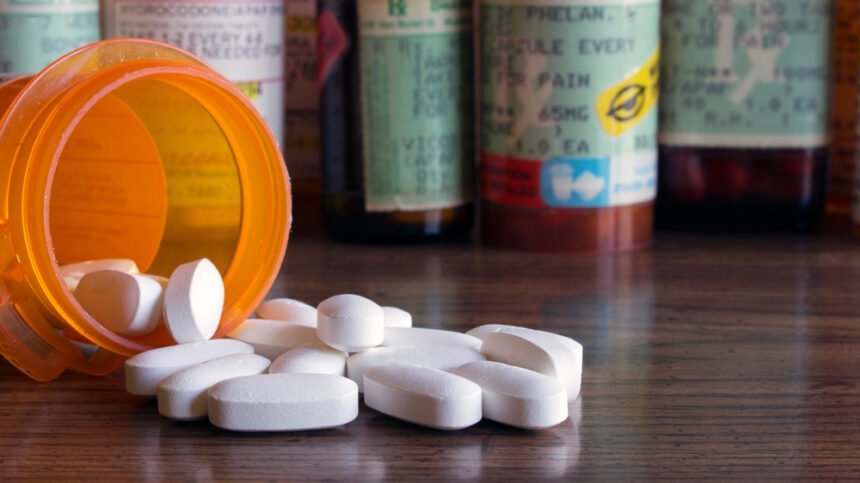As the opioid epidemic’s stranglehold continues to tighten, medical professionals and others specializing in substance abuse treatment are driven to find better ways to help patients successfully beat addiction. While there are certainly many existing treatment methods – 12-step programs, inpatient rehab stays, and medication-assisted-treatment, to name a few – it’s also true that treatment for opioid abuse is anything but a one-size-fits-most program. Successful substance abuse treatment requires the treatment to be as individualized as possible.
With that said, there have been many promising leads in the pursuit of new forms of addiction treatment. Here are a few of the more innovative options available:
Ibogaine
Ibogaine can be used to create a dreamlike state that is immensely beneficial during substance abuse treatment. During this state, it’s possible to use ibogaine in conjunction with traditional intensive individual therapies to help patients process through traumatic events. Since trauma and emotional dysfunction are leading causes of drug addiction, having a mental health professional assist you in processing those traumatic events can be helpful in achieving complete success in beating a substance abuse disorder. Using ibogaine during the process not only makes it easier, due to your altered conscious state but may also enable you to be more likely to succeed. The options for ibogaine treatment typically vary from one provider to another. With this in mind, be sure to ask questions pertaining to your treatment preferences as you contact potential healthcare providers.
Probuphine
At the writing of this article, Buprenorphine and Naltrexone are two very common prescription medications that are successfully used in reducing drug cravings and helping addicts remain successful in not giving in to the urge to use. Now another drug, the first of its kind, has joined the market: Probuphine. Probuphine is a long-term-release implant that, over a period of six months, releases Buprenorphine into the bloodstream. As a partial opioid agonist both Buprenorphine and Probuphine mimic the effects of opiates, but without the “high” that can lead to opiate cravings and abuse.
Activity-Based Therapies
Common activity-based therapies include art, music, and gardening. Therapies like these are beneficial for two reasons: first, they distract you from cravings; and second, they provide you with structure and routine. Having something positive to do, such as water flowers, paint a landscape scene, or listen to your favorite musician strum the guitar, and a timeline for getting it done gives you a healthy, rewarding focus.
Virtual Reality Therapy
VRT is a futuristic-sounding treatment option that provides patients with simulated real-life experiences to work through. The virtual sensory experience can trick your brain into thinking the situation is actually happening, which in turn increases the likelihood that your positive response to scenarios — such as resisting the urge to consume your drug of choice — will be something your brain remembers and goes back to if you are presented with any actual scenarios during which you could be exposed to drugs. VRT has a high success rate in helping patients successfully deny cravings for multiple substances, including drugs, alcohol, and even nicotine.
Transcranial Direct Current Stimulation
Despite the complex and scary look of the term, Transcranial Direct Current Stimulation, or TDCS, is nothing more than non-invasive brain stimulation via the use of adhesive pads and low-intensity, painless electrical currents. The idea behind the treatment is using currents to address addiction, depression, anxiety, and even some chronic pain and motor disorders.
Treating opioid abuse can be a journey of many ups and downs, so it helps to have supportive people by the patient’s side. It’s all about taking things one step at a time.

